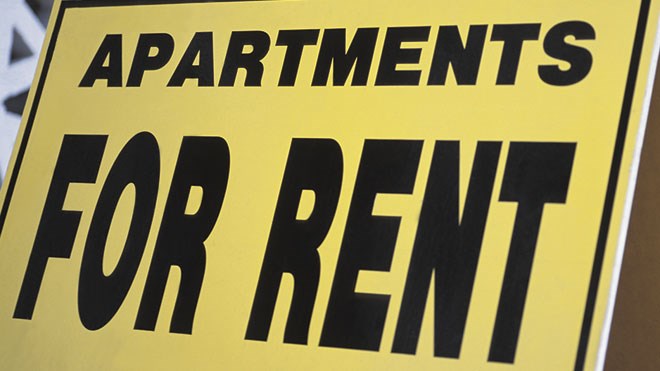Much of the city's social housing units were built in the 1970s and 1980s and increasingly aren't meeting the needs of the city's vulnerable.
That was the message to members of the community services committee Monday, who approved the city's participation in developing a plan to address the shortfall in both the number of units available and the type of housing people need.
The Innovative Housing with Health Supports in Northeastern ON Strategic Plan aims to addresses barriers faced by households in the community who are on wait lists for affordable housing.
The North East Local Health Integration Network (NE LHIN) Expert Panel, with support from the Northern ON Service Delivers Association (NOSDA), Housing Services Corporation (HSC), SHS Consulting and Canadian Mental Health Association Manitoulin-Sudbury (CMHA) “formulated this strategic plan to guide innovative housing with health supports in Northeastern Ontario,” a staff report on the proposal said.
The plan also addresses the growing pressures brought on by an aging community. More people will require support to continue to live independently, and will require housing tailored to their needs.
Cindi Briscoe, the city's co-ordinator of housing programs, said there is a long wait list for people looking for social housing, in Sudbury and across the region.
“In the north east (as a whole), there is a shortage of housing stock,” Briscoe said. “We see it every day.”
In 2014 in Sudbury, there were 4,596 social housing units in the city, with a wait list of 1,068. More than 70 per cent of the people on the wait list are single adults and couples.
In terms of how long they have to wait, seniors wait an average of 3.24 years; single adults and couples wait 2.10 years, while families on the list wait an average of about six months.
Briscoe said it's a good time to move ahead with the strategy because upper levels of government have made social housing a priority.
“The timing is right,” she said. “All levels of government seem aligned.”
City planner Kris Longston said the next step in the process is to create a subcommittee of city staff “to develop strategies and policies” to make the recommendations in the strategy a reality.
They'll work with the LHIN and other community groups to identify gaps in the current system and develop a plan to meet housing needs, “with short term, mid term and long term planned outcomes.”
They'll also review what other cities do to determine best practices, look for opportunities and report back to council on recommendations and options.
